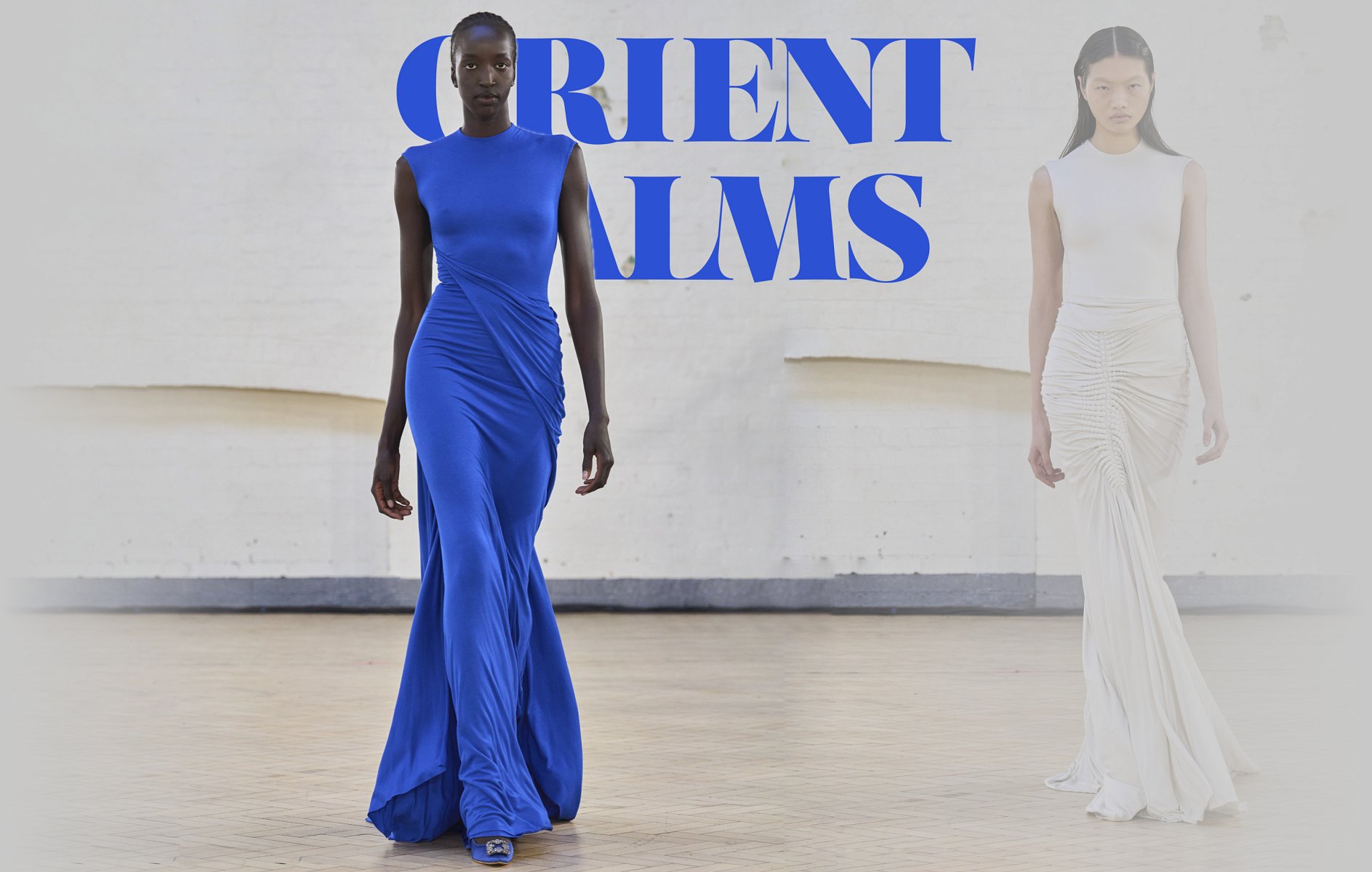Experience the Sophistication of Typical Eastern Attire
Embark on a journey through the elaborate globe of standard Eastern clothing, where each garment narrates woven with social splendor and historic value. From the vivid hues of a Chinese qipao to the regal beauty of a Pakistani shalwar kameez, these garments provide a peek into a world where workmanship meets creativity. The fusion of luxurious fabrics and fragile needlework strategies develops a tapestry of sophistication that goes beyond borders and time. Join us as we untangle the keys behind these elegant items and find the appeal of Eastern outfit that has astounded generations.
Background of Eastern Clothes
Eastern clothing has a rich background that dates back centuries, reflecting the diverse societies and traditions of regions such as Asia and the Center East. In Asia, traditional clothes differs significantly from the vivid saris worn in India to the stylish bathrobe of Japan.
Throughout background, Eastern clothing has not just offered as a kind of apparel yet additionally as an icon of social identification and heritage. Today, Eastern clothing proceeds to progress, mixing standard aspects with contemporary fashion patterns to create timeless and one-of-a-kind designs.
Value of Needlework
Embroidery plays an important role in traditional Eastern attire, including detailed information and cultural significance to garments that have been given with generations. In Eastern cultures, embroidery is not just attractive however holds deep symbolic significances. Each stitch and pattern can convey tales, ideas, and also social condition.
The art of embroidery in traditional Eastern clothing is a labor-intensive procedure that needs ability and persistence. Extremely competent artisans diligently hand embroider complex styles onto fabrics making use of methods that have actually been developed over centuries. These embroidered designs typically reflect the abundant social heritage of the area they stem from, showcasing motifs motivated naturally, folklore, or historic events.

Elegant Fabrics Made Use Of
Lavish materials play a critical duty in improving the beauty and luxury of standard outfit throughout diverse Eastern cultures. Silk, renowned for its soft qualities and shine, is a favored selection for numerous traditional garments as a result of its extravagant feel and capacity to drape gracefully. In nations like India, China, and Japan, silk has a long background of being used in standard outfit, signifying riches and standing.
An additional commonly made use of elegant material is brocade, identified by elaborate patterns woven right into the product. Brocade adds a touch of elegance to garments and is usually seen in ceremonial outfits and official wear. Velour, with its deluxe texture and rich look, is additionally a popular choice for standard clothing in Eastern societies, particularly for festive events and unique celebrations.
Furthermore, chiffon, satin, and organza are regularly used for their lightweight and running qualities, adding a sense of special and elegance to garments. These extravagant materials not just elevate the aesthetic allure of conventional Eastern clothing yet additionally add to the general attraction and appeal of the user.
Craftsmanship Techniques
Conventional outfit in different societies showcases flawless workmanship methods that are given with generations, highlighting the skill and artistry associated with creating these beautiful garments. Each decoration, stitch, and embroidery is diligently crafted to develop ageless pieces that embody the social heritage and customs of the region. The craftsmanship strategies utilized in conventional Eastern attire often entail complex handwork, such as hand weaving, hand embroidery, and hand beading, which call for accuracy and attention to information.
Artisans who specialize in these strategies go through years of training to ideal their abilities and grasp the conventional approaches of garment building and construction. Using premium products incorporated with professional workmanship leads to garments that not just look aesthetically stunning yet likewise stand the test of time. The commitment to preserving these workmanship methods ensures that each item of traditional Eastern clothing is a work of visit our website art, mirroring the rich social history and heritage of the area.
Ageless Elegance and Appeal

The intricate needlework, delicate beadwork, and lavish materials used in typical Eastern outfit add to its unequaled appeal. The meticulous workmanship gave through generations ensures that every item exhibits and informs a tale elegance and poise.
Moreover, the traditional shapes and graceful draping of standard Eastern attire include in its enduring charm. The flowing lines and sophisticated designs create a sense of consistency and equilibrium that is both visually attractive and psychologically captivating.
Fundamentally, the ageless sophistication and beauty of conventional Eastern outfit work as a testimony to the ability and artistry of the craftsmen who devote their lives to protecting these elegant sartorial traditions. - eastern wear pakistan
Conclusion
In final thought, the sophistication of typical Eastern attire is a testament to the rich history, cultural importance, and complex workmanship of the area. From the intricate needlework to the elegant materials and classic beauty, each garment narrates and mirrors the cultural identity of its origins. Embracing Eastern attire allows one to appreciate the artistry and sophistication that have actually been given with generations, developing absolutely exquisite and captivating pieces.
Embark on a journey through the complex this link world of traditional Eastern attire, where each garment informs a tale woven with cultural richness and historic value.Needlework plays an important role in traditional Eastern clothing, including elaborate details and social relevance to garments that have been passed down via generations.Lavish fabrics play a pivotal duty in improving the elegance and opulence of standard clothes throughout varied Eastern cultures. The workmanship strategies utilized in traditional Eastern clothing usually entail complex handwork, such as hand Read Full Article weaving, hand embroidery, and hand beading, which call for precision and focus to detail.
In verdict, the beauty of traditional Eastern clothes is a testament to the abundant history, cultural significance, and complex craftsmanship of the region.